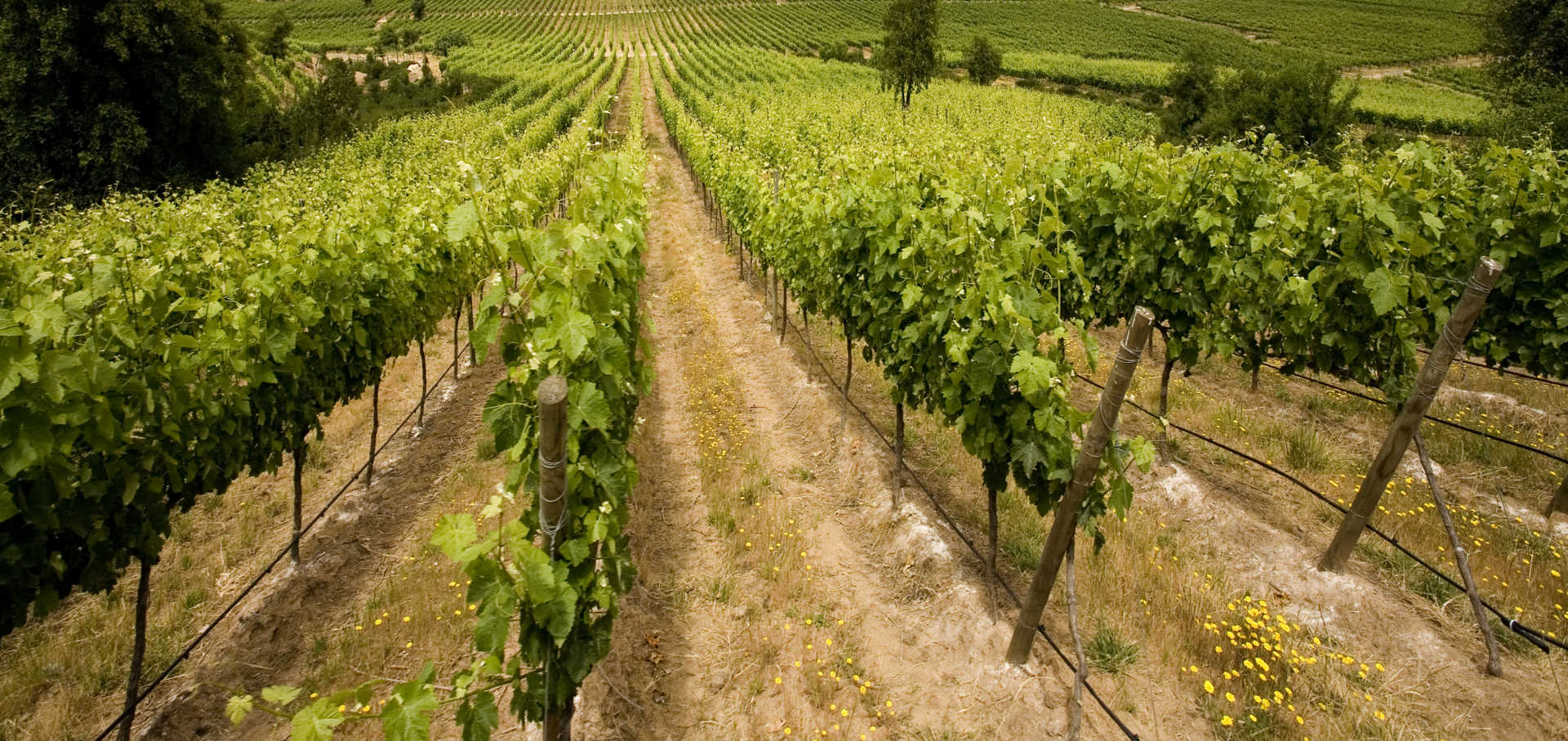A.R. Lenoble Grand Cru Blanc de Blancs 2012
-
James
Suckling -
Wine
Enthusiast -
Wine
Spectator - Decanter



Product Details
Your Rating
Somm Note
Winemaker Notes
Professional Ratings
-
James Suckling
Attractive toffee and caramel notes on the nose with pear tart, apple crumble, praline, chalk and nougat. Rich, creamy and delicious with soft and rounded bubbles. Well integrated. Caressing and delicious finish. Chardonnay from Chouilly.
-
Wine Enthusiast
Grand cru Chardonnay and a low dosage set this Champagne up for a great future. That is to say, with its concentrated minerality contrasting with Meyer lemon fruitiness, the wine is only just hinting at some nuttiness and has far to go. Drink from 2022.
-
Wine Spectator
A lively Champagne, well-knit and lacy in texture, with an expressive mix of yellow peach, candied ginger, honeysuckle and toasted almond. There's a pleasing juiciness to the graphite- and spice-accented finish. Drink now through 2027.
-
Decanter
Herbal nose of fern notes, roast apricot, rosemary and crème brûlée aromas. Well-structured on the palate, showing charm and finesse.


Representing the topmost expression of a Champagne house, a vintage Champagne is one made from the produce of a single, superior harvest year. Vintage Champagnes account for a mere 5% of total Champagne production and are produced about three times in a decade. Champagne is typically made as a blend of multiple years in order to preserve the house style; these will have non-vintage, or simply, NV on the label. The term, "vintage," as it applies to all wine, simply means a single harvest year.

Associated with luxury, celebration, and romance, the region, Champagne, is home to the world’s most prized sparkling wine. In order to bear the label, ‘Champagne’, a sparkling wine must originate from this northeastern region of France—called Champagne—and adhere to strict quality standards. Made up of the three towns Reims, Épernay, and Aÿ, it was here that the traditional method of sparkling wine production was both invented and perfected, birthing a winemaking technique as well as a flavor profile that is now emulated worldwide.
Well-drained, limestone and chalky soil defines much of the region, which lend a mineral component to its wines. Champagne’s cold, continental climate promotes ample acidity in its grapes but weather differences from year to year can create significant variation between vintages. While vintage Champagnes are produced in exceptional years, non-vintage cuvées are produced annually from a blend of several years in order to produce Champagnes that maintain a consistent house style.
With nearly negligible exceptions, . These can be blended together or bottled as individual varietal Champagnes, depending on the final style of wine desired. Chardonnay, the only white variety, contributes freshness, elegance, lively acidity and notes of citrus, orchard fruit and white flowers. Pinot Noir and its relative Pinot Meunier, provide the backbone to many blends, adding structure, body and supple red fruit flavors. Wines with a large proportion of Pinot Meunier will be ready to drink earlier, while Pinot Noir contributes to longevity. Whether it is white or rosé, most Champagne is made from a blend of red and white grapes—and uniquely, rosé is often produce by blending together red and white wine. A Champagne made exclusively from Chardonnay will be labeled as ‘blanc de blancs,’ while ones comprised of only red grapes are called ‘blanc de noirs.’